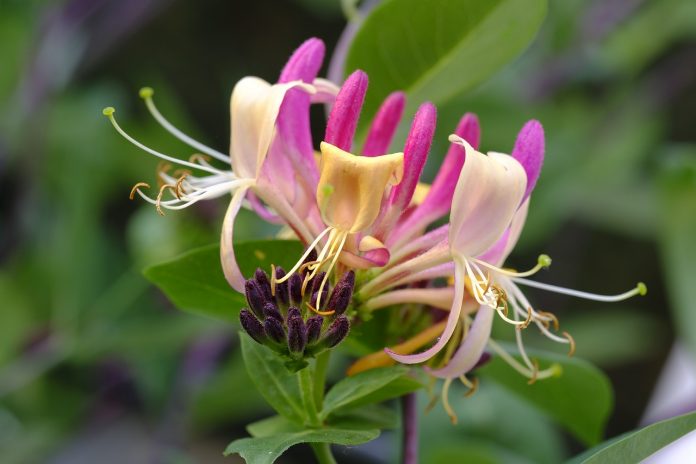There is a wide diversity of plants and wildlife in the Midwest, but they are under attack. There are non-native trees and shrubs invading the native ecosystem. Some of the non-native invasive trees and shrubs that are causing these issues are autumn olive, callery (Bradford) pear, ailanthus (tree of heaven), honeysuckle and multiflora rose.
Introduced
People had good intentions when they introduced many non-native plants. Some had medicinal qualities, others were valued for forage, erosion control or in multiflora rose’s case, a “living livestock fence.” People didn’t consider how potentially invasive the plants could be until it was too late.
Some invasive species arrived by accident as stowaways in cargo from foreign countries. The vast increase in worldwide trade has created more opportunities for the introduction and spread of invasive species.
Invasive
Invasive trees and shrubs are a serious problem affecting landscapes and wildlife communities across the Midwest. These woody plants threaten ecological integrity and cause major concern for wildlife and biodiversity of our forest ecosystems.
Rapid growth, high reproductive rates, lack of natural controls and an ability to tolerate a wide range of environmental conditions have helped some invasive trees out-compete and displace native species. When invasive species out-compete native species, there is a decline in wildlife that were previously thriving.
One example of this is native oak trees. They can support almost 500 different caterpillar species. All of these different caterpillars are caught by birds in the spring to feed their young.
If oak trees are out-competed by non-native callery pear trees that can only support one species of caterpillar, there would be negative effects for birds that depend on the caterpillars to feed their young.
Control
If you are worried about woody invasive species on your own property, there are a few steps you can take to control them. The first option is mechanical control methods. These involve pulling, cutting or digging up invasive species. This option is the most labor-intensive, but it also doesn’t require any special tools and can be completed by almost anyone.
The other method of control is using herbicides. This method is the least labor-intensive method. Foliar application can be effective on small, less established seedlings, but for mature plants, the hack and squirt method of herbicide application will be most effective.
If you have any questions, contact your local Soil and Water Conservation District, and remember to look up the potential impacts that the next tree you plant could have.













